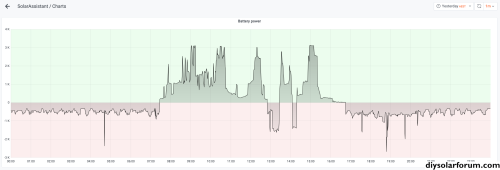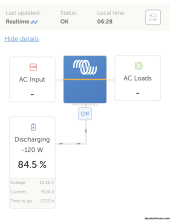PanicMan
New Member
Which images?You can automate various inverter setting (output priority, solar priority, charge priority, charge current, etc..) seen in image attached. They can be set based on up to two conditions listed on other image attached (Time, Battery voltage, SOC, etc…).






